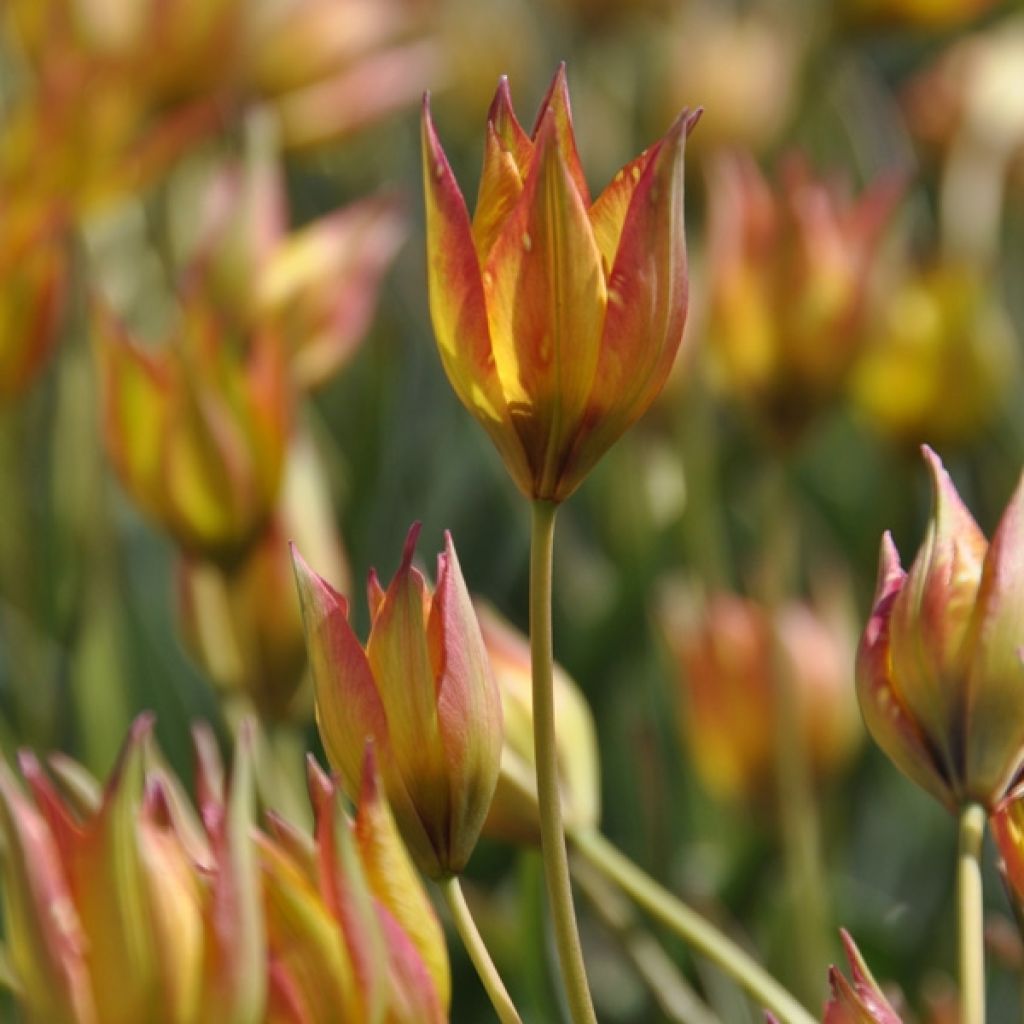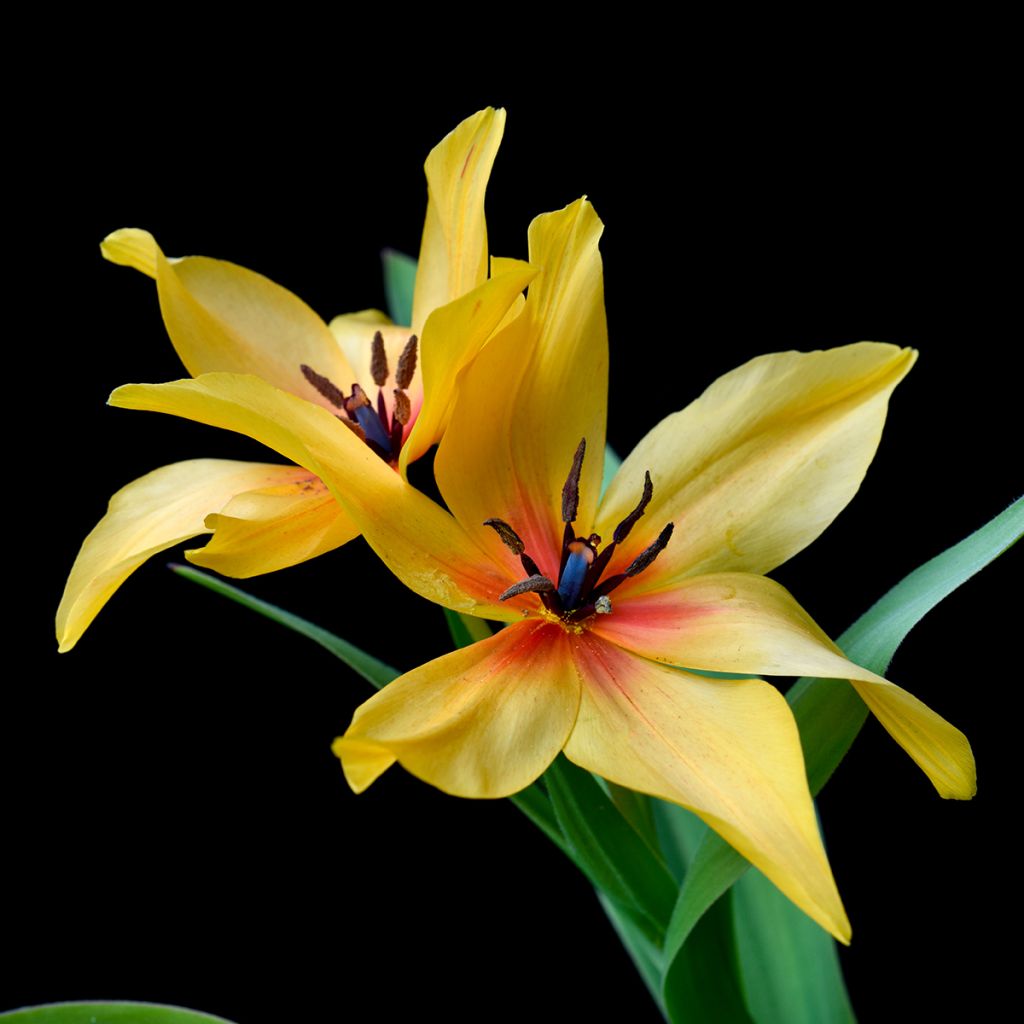Shipping country and language
Your country of residence may be:
Your country of residence is:
For a better user experience on our website, you can select:
Your shipping country:
-
Andorra
-
Austria
-
Belgium
-
Bulgaria
-
Canada
-
Chile
-
Croatia
-
Cyprus
-
Czechia
-
Denmark
-
Estonia
-
Finland
-
France
-
Germany
-
Greece
-
Hungary
-
Iceland
-
Ireland
-
Italy
-
Latvia
-
Lithuania
-
Luxembourg
-
Malta
-
Monaco
-
Netherlands
-
Poland
-
Portugal
-
Romania
-
Slovakia
-
Slovenia
-
Spain
-
Sweden
-
Switzerland
-
United Kingdom
We only deliver seed and bulb products to your country. If you add other products to your basket, they cannot be shipped.
Language:
-
French
-
German
-
Spanish
-
English
-
Italian
My Account
Hello
My wish lists
Log in / Register
Existing customer?
New customer?
Create an account to track your orders, access our customer service and, if you wish, make the most of our upcoming offers.


Tulipa orphanidea 'Flava'


Tulipa orphanidea 'Flava'


Tulipa orphanidea 'Flava'
Tulipa orphanidea 'Flava'
Tulipa orphanidea Flava
Tulipe orphanidea,Tulipe Whitalii des horticulteurs
Can only assess the bulbs, beautiful and healthy. For the rest, next year when they have grown.
Sylvie P., 08/11/2018
Order in the next for dispatch today!
Dispatch by letter from €3.90.
Delivery charge from €5.90 Oversize package delivery charge from €6.90.
More information
This item is not available in your country.
Schedule delivery date,
and select date in basket
This plant carries a 6 months recovery warranty
More information
We guarantee the quality of our plants for a full growing cycle, and will replace at our expense any plant that fails to recover under normal climatic and planting conditions.
From €5.90 for pickup delivery and €6.90 for home delivery
Express home delivery from €8.90.
Does this plant fit my garden?
Set up your Plantfit profile →
Description
Tulipa orphanidea 'Flava' is a more colourful and easier to grow variety of the botanical Tulipa orphanidea, native to southeastern Europe. Slightly taller than its parent, this modest tulip bears a beautiful, drooping flower in spring with pointed petals coloured lemon yellow with a bronze to orange margin, and streaked with a green line on the outside where a light red blush is sometimes visible. It naturalizes easily in our gardens if it is provided with a sunny location and well-drained, neutral to limestone soil, even dry in summer. Conditions that it will find in a rockery or in a raised bed.
The Botanical Tulipa orphanidea 'Flava' is closely related toTulipa whittallii (sometimes considered a subspecies of T. orphanidea), with which it easily hybridizes in cultivation as well as in nature. This subspecies is native to the southeastern Balkans, Bulgaria, Greece, and western Turkey where it can be found up to 1700m (5577ft) altitude under pine trees but also in fields, along roadsides, and in rocky scree. It also resembles Tulipa sylvestris, common in the south of our country, but its flower is more colourful and it has brown anthers. All these plants belong to the family Amaryllidaceae.
This tulip will not exceed 20-25cm (8-10in) in height when flowering. The bulbs measure from 2 to 4.7cm (1 to 2in) in diameter. The foliage is grey-green, composed of 2 to 7 narrow, linear leaves, pointed at their tips. The 5-7cm (2-3in) diameter flowers appear from March to May, earlier or later depending on the climate. Solitary or grouped in 2 to 4, they are borne by slender but sturdy stems that bend gracefully in the wind. Oval and tapering, they open fully into a perfect, drooping calyx, revealing a greenish-brown heart. The inside of the cup shows a light yellow colour, marginated with orange, while the outside is streaked with a green median line. The flowers open in the sun and close when it hides. This tulip propagates by stolons and eventually forms beautiful colonies.
Botanical tulips do not 'degenerate' over time like large-flowered tulips. They naturalize and can remain in place for several years without special maintenance and thrive in borders and rockeries. To create colourful scenes, they can be combined with various small bulb plants: Crocus, Muscari, Cyclamen coum, Snowdrops, Scilla... These tulips are unrivaled in bringing the colours of spring to pots or sunny gardens.
Report an error about the product description
Plant habit
Flowering
Foliage
Botanical data
Tulipa
orphanidea
Flava
Liliaceae
Tulipe orphanidea,Tulipe Whitalii des horticulteurs
Cultivar or hybrid
Planting and care
Plant your Tulipa orphanidea 'Flava' as soon as possible in a well-drained soil, their bulb fears too wet soils in winter and requires a rather dry (even really dry) soil in summer. Loosen the soil deeply, incorporate draining materials such as gravel into the soil of your garden if necessary. In humid climates, prefer planting in raised beds, rockeries or on slopes. This species tolerates limestone well and does not appreciate acidic soils. Plant at a depth of 8cm (3in) (Bulbs should be covered with twice their height of soil). Space the bulbs a few cm apart, making sure they do not touch each other. Choose a sunny exposure for better flowering. After flowering, cut the flower stalks and let the leaves dry completely before cutting them.
Advice Flowering carpets You can create beautiful flowered spaces around the house, in flower beds, around trees or in wild spaces. It is an economical and sustainable solution, provided you respect a few principles:
1) It is a planting to leave in place.
2) Choose the varieties carefully according to the situation.
3) A period of rest is essential after flowering for the bulbs to regenerate. Let the foliage turn yellow and dry before cutting it.
4) Organic fertilizer should be spread once a year in autumn.
Planting period
Intended location
Care
-
, onOrder confirmed
Reply from on Promesse de fleurs
Haven't found what you were looking for?
Hardiness is the lowest winter temperature a plant can endure without suffering serious damage or even dying. However, hardiness is affected by location (a sheltered area, such as a patio), protection (winter cover) and soil type (hardiness is improved by well-drained soil).

Photo Sharing Terms & Conditions
In order to encourage gardeners to interact and share their experiences, Promesse de fleurs offers various media enabling content to be uploaded onto its Site - in particular via the ‘Photo sharing’ module.
The User agrees to refrain from:
- Posting any content that is illegal, prejudicial, insulting, racist, inciteful to hatred, revisionist, contrary to public decency, that infringes on privacy or on the privacy rights of third parties, in particular the publicity rights of persons and goods, intellectual property rights, or the right to privacy.
- Submitting content on behalf of a third party;
- Impersonate the identity of a third party and/or publish any personal information about a third party;
In general, the User undertakes to refrain from any unethical behaviour.
All Content (in particular text, comments, files, images, photos, videos, creative works, etc.), which may be subject to property or intellectual property rights, image or other private rights, shall remain the property of the User, subject to the limited rights granted by the terms of the licence granted by Promesse de fleurs as stated below. Users are at liberty to publish or not to publish such Content on the Site, notably via the ‘Photo Sharing’ facility, and accept that this Content shall be made public and freely accessible, notably on the Internet.
Users further acknowledge, undertake to have ,and guarantee that they hold all necessary rights and permissions to publish such material on the Site, in particular with regard to the legislation in force pertaining to any privacy, property, intellectual property, image, or contractual rights, or rights of any other nature. By publishing such Content on the Site, Users acknowledge accepting full liability as publishers of the Content within the meaning of the law, and grant Promesse de fleurs, free of charge, an inclusive, worldwide licence for the said Content for the entire duration of its publication, including all reproduction, representation, up/downloading, displaying, performing, transmission, and storage rights.
Users also grant permission for their name to be linked to the Content and accept that this link may not always be made available.
By engaging in posting material, Users consent to their Content becoming automatically accessible on the Internet, in particular on other sites and/or blogs and/or web pages of the Promesse de fleurs site, including in particular social pages and the Promesse de fleurs catalogue.
Users may secure the removal of entrusted content free of charge by issuing a simple request via our contact form.
The flowering period indicated on our website applies to countries and regions located in USDA zone 8 (France, the United Kingdom, Ireland, the Netherlands, etc.)
It will vary according to where you live:
- In zones 9 to 10 (Italy, Spain, Greece, etc.), flowering will occur about 2 to 4 weeks earlier.
- In zones 6 to 7 (Germany, Poland, Slovenia, and lower mountainous regions), flowering will be delayed by 2 to 3 weeks.
- In zone 5 (Central Europe, Scandinavia), blooming will be delayed by 3 to 5 weeks.
In temperate climates, pruning of spring-flowering shrubs (forsythia, spireas, etc.) should be done just after flowering.
Pruning of summer-flowering shrubs (Indian Lilac, Perovskia, etc.) can be done in winter or spring.
In cold regions as well as with frost-sensitive plants, avoid pruning too early when severe frosts may still occur.
The planting period indicated on our website applies to countries and regions located in USDA zone 8 (France, United Kingdom, Ireland, Netherlands).
It will vary according to where you live:
- In Mediterranean zones (Marseille, Madrid, Milan, etc.), autumn and winter are the best planting periods.
- In continental zones (Strasbourg, Munich, Vienna, etc.), delay planting by 2 to 3 weeks in spring and bring it forward by 2 to 4 weeks in autumn.
- In mountainous regions (the Alps, Pyrenees, Carpathians, etc.), it is best to plant in late spring (May-June) or late summer (August-September).
The harvesting period indicated on our website applies to countries and regions in USDA zone 8 (France, England, Ireland, the Netherlands).
In colder areas (Scandinavia, Poland, Austria...) fruit and vegetable harvests are likely to be delayed by 3-4 weeks.
In warmer areas (Italy, Spain, Greece, etc.), harvesting will probably take place earlier, depending on weather conditions.
The sowing periods indicated on our website apply to countries and regions within USDA Zone 8 (France, UK, Ireland, Netherlands).
In colder areas (Scandinavia, Poland, Austria...), delay any outdoor sowing by 3-4 weeks, or sow under glass.
In warmer climes (Italy, Spain, Greece, etc.), bring outdoor sowing forward by a few weeks.